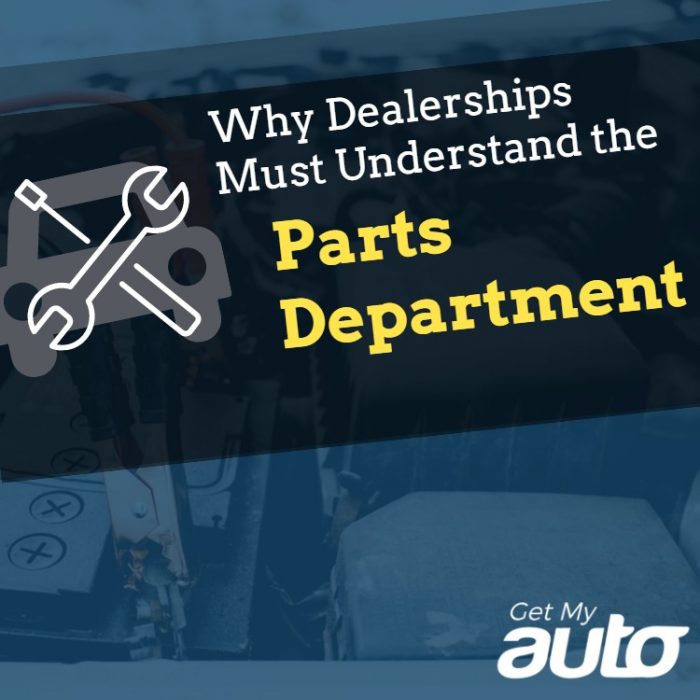When a vehicle owner comes to the dealership for service, they want one thing: for their car or truck to be repaired as promptly as possible.
This obviously has some implications for dealerships. First and foremost, dealerships need to have access to a wide inventory of parts; those parts must be available as soon as they are needed, no questions asked.
This means that the parts department itself is a key profit center for any dealership—yet it’s also part of the dealership that often goes misunderstood.
Understanding the Parts Department
Indeed, the parts department is most often viewed as a necessary component of fixed operations, typically involving a standard profit margin. Dealership managers and controllers, meanwhile, are more likely to focus their attention on the sales team or on variable operations; the parts department usually goes unquestioned.
Frankly, it is our finding that most dealers do not really have a deep understanding of the parts department, of how the billing systems are set up or managed, or how the parts division really relates to the rest of the business. Because of this, efforts to optimize the parts department are few and far between.
For instance: A dealership manager is likely to know the age of the used vehicles on the lot, but may have no awareness of obsolete parts that are still being stocked. Likewise, the dealership manager may have a good sense of how many sales are lost on the sales floor, but not of the sales that are lost in the parts department.
Improving the Parts Department
Dealership managers can and should trust their parts teams to do their work properly, but that doesn’t mean there are not opportunities for improvement. Better understanding the parts department may present opportunities to more effectively manage inventory, keep costs down, or more quickly respond to consumer needs.
Certainly, it is prudent to have cost controls in place, regularly reviewing the internal processes of the parts department and ensuring that it remains an efficient profit center for the dealership as a whole.
We recommend that dealership managers and controllers take key steps to understand their parts department better—to review inventory and to work with the parts team to ensure that everything runs smoothly and efficiently.
Tips for Dealers
The best way to get started is to sit down with the head of your parts division, and talk about a plan for better collaboration.
Additionally, we invite you to keep tabs on the Get My Auto blog, where we regularly provide tips and strategies for dealers. We are passionate about helping dealerships run at the optimal level, and look forward to providing additional insights on an ongoing basis.


